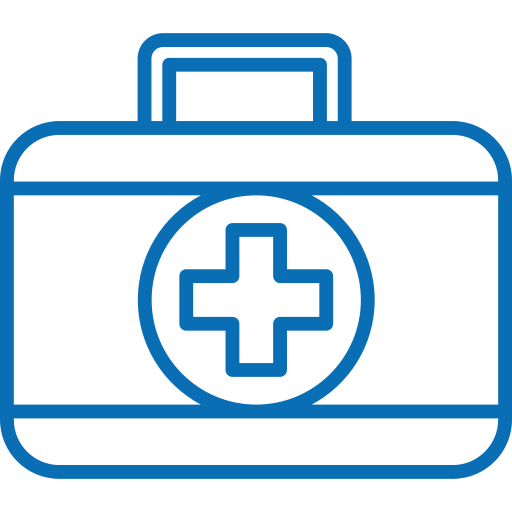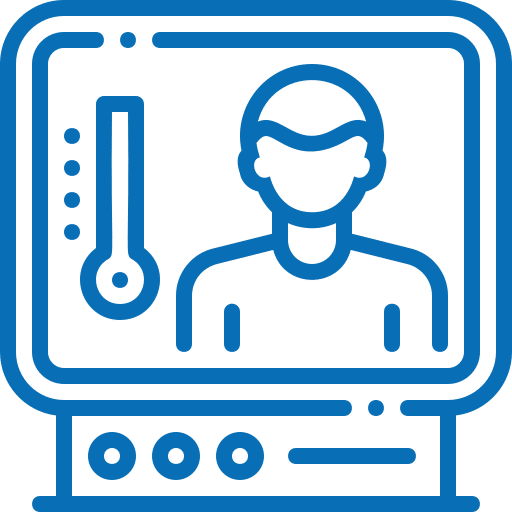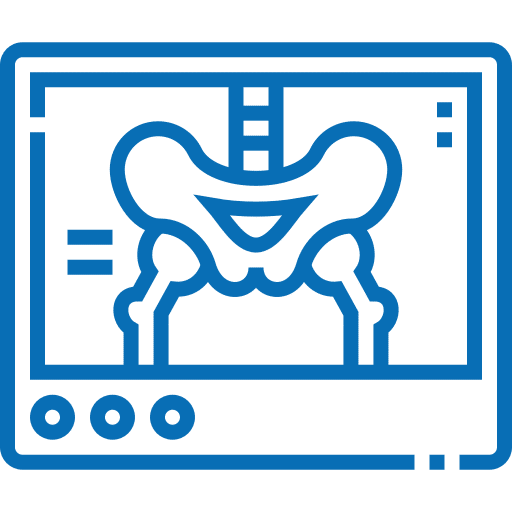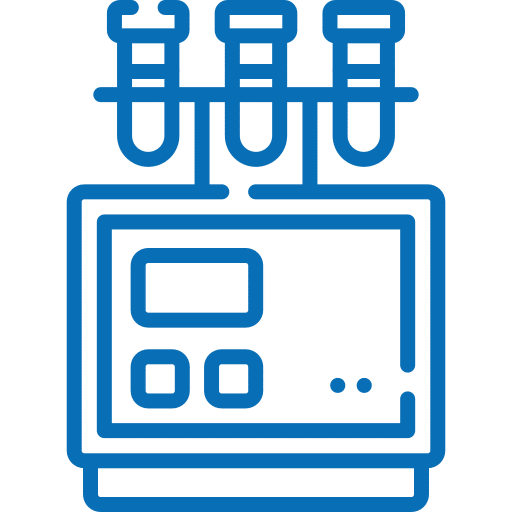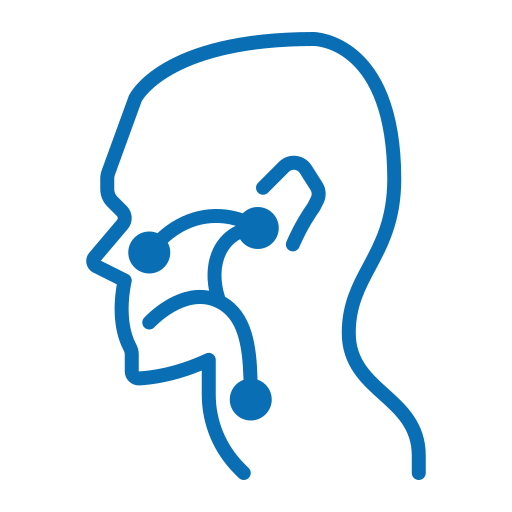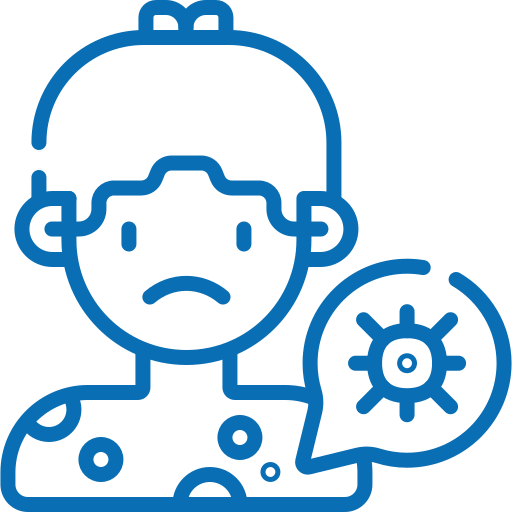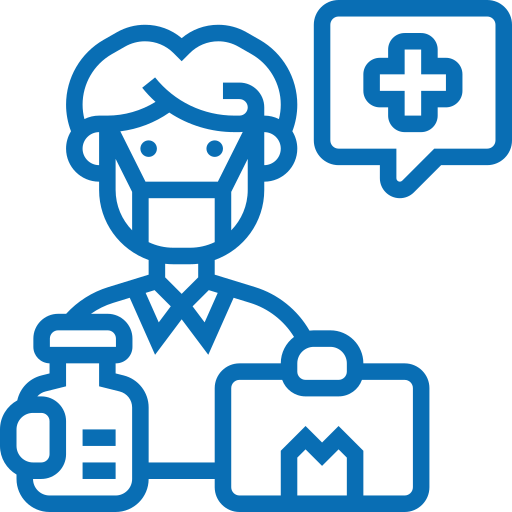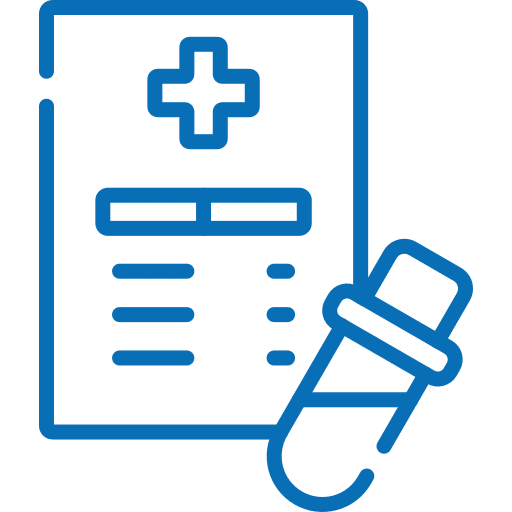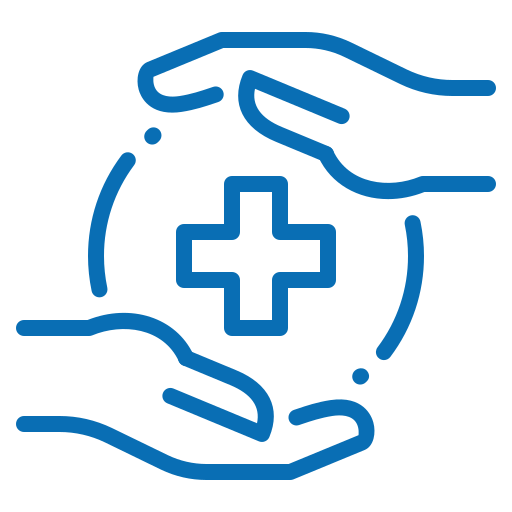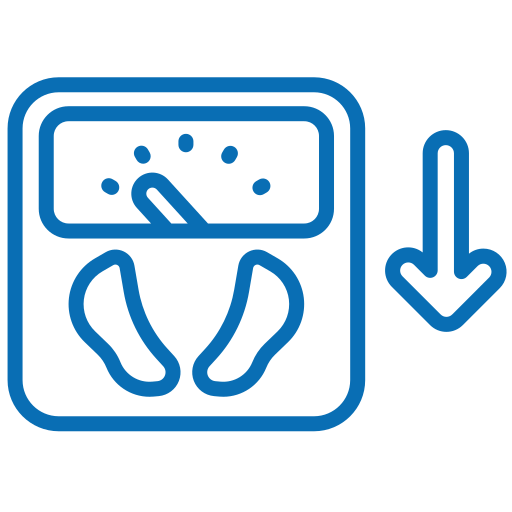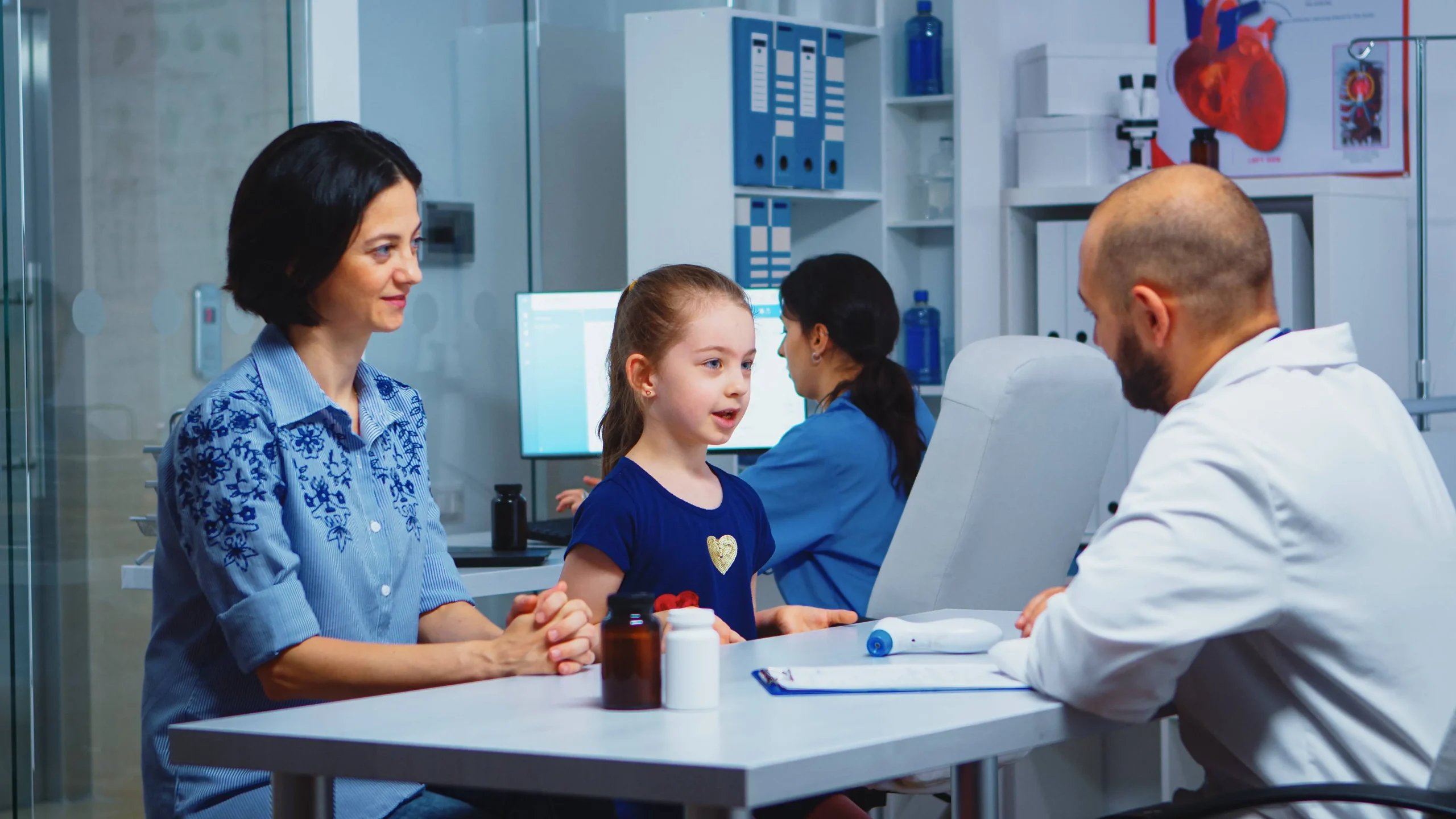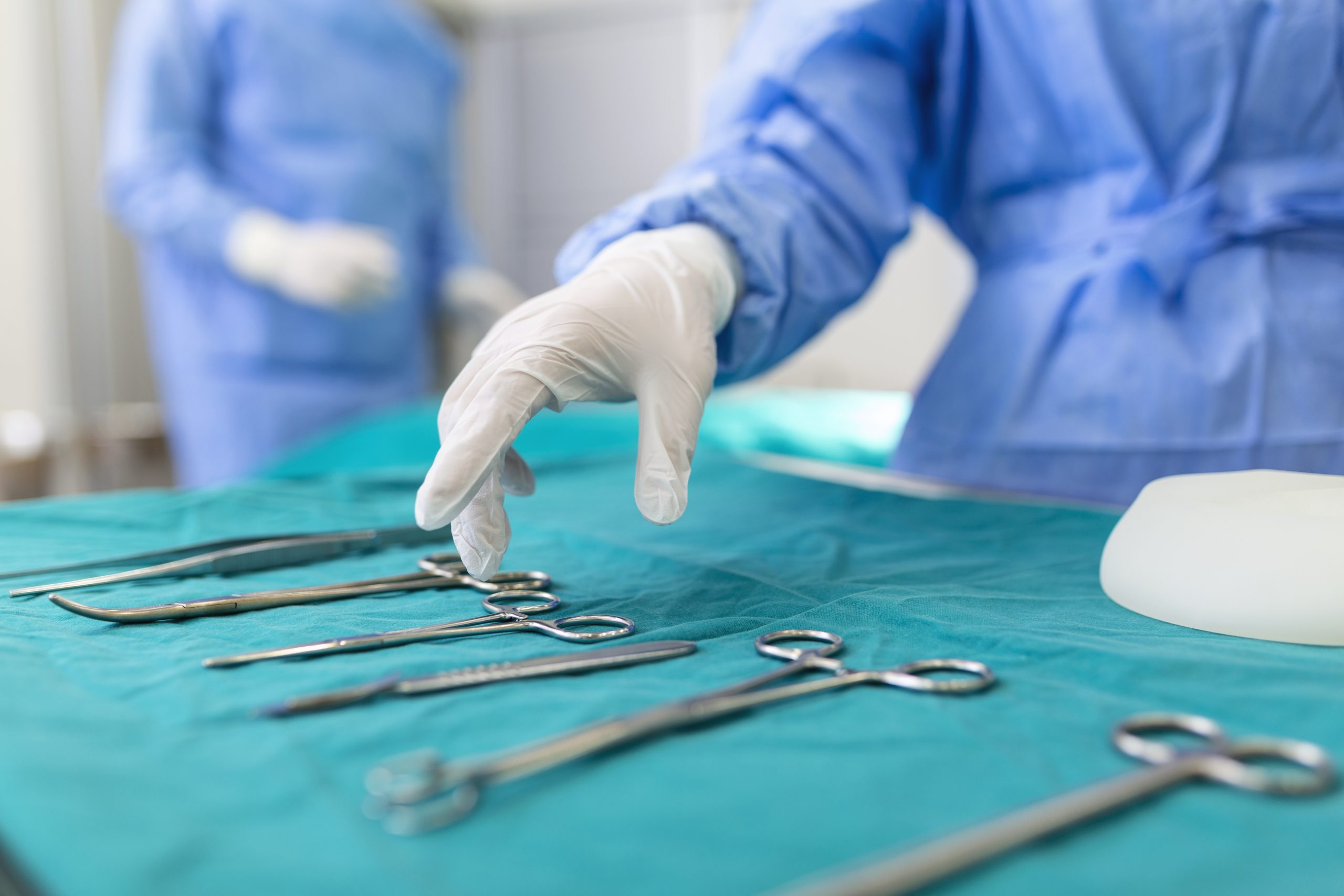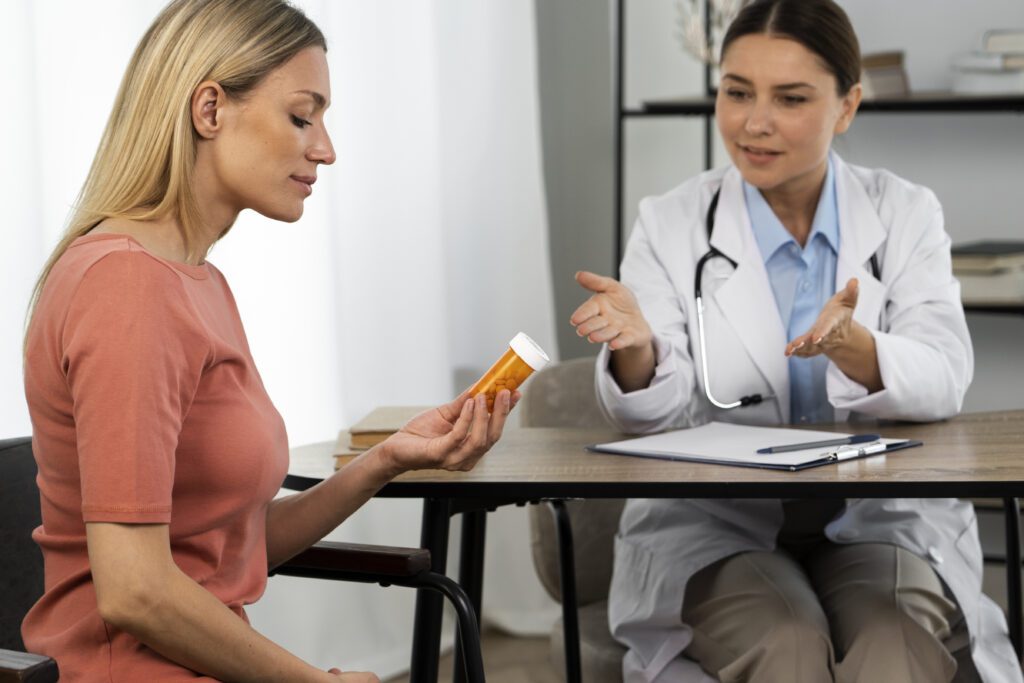Shingles, a condition marked by a painful, blistering rash, emerges from the reactivation of the varicella-zoster virus—the same virus responsible for chickenpox. Often affecting adults, especially those over 50, shingles can significantly impact quality of life. Understanding the causes, recognizing symptoms of shingles, and exploring effective shingles treatment are crucial for managing this condition. This article delves into the essential aspects of shingles, including preventive measures like the shingles vaccine, to provide insights on how to alleviate and manage shingles pain.
Table of Contents
ToggleWhat Causes Shingles?
Shingles erupt when the varicella-zoster virus, which initially causes chickenpox, reactivates in the body. After a person recovers from chickenpox, this virus doesn’t disappear; instead, it retreats to nerve tissues, lying dormant for years. It can spring back to life when the immune system weakens due to age, illness, or emotional stress.
Particularly common in individuals over fifty, this resurgence can be exacerbated by certain medications or lifestyle factors that compromise immune defenses. Recognizing these triggers is key to managing and treating shingles, highlighting the importance of maintaining robust health and considering preventative measures like vaccination.
Recognizing the Symptoms of Shingles
- Initial Sensations: Begins with tingling or sharp pain, typically on one side of the body or face, which can be easy to overlook.
- Skin Changes: Progresses to severe itching and burning sensations, followed by the development of red patches.
- Blisters: These patches quickly turn into clusters of fluid-filled blisters that burst and crust over within about a week to ten days.
- Additional Symptoms: Accompanying the rash, many experience fever, headaches, and fatigue, complicating the discomfort.
- Rash Pattern: The rash usually follows nerve pathways, forming a distinct band-like pattern across the skin, critical for early recognition.
Treatment Options for Shingles
Navigating through a shingles outbreak involves a thoughtful combination of medical intervention and simple home care techniques:
- Antiviral Medications: Typically, doctors recommend starting antiviral drugs like acyclovir, valacyclovir, or famciclovir promptly after shingles are diagnosed. These medications help curtail the virus’s activity, aiming to shorten the outbreak and lessen its severity.
- Pain Management: Managing pain is crucial. Over-the-counter pain relievers, such as ibuprofen or acetaminophen, can reduce discomfort, and for intense pain, doctors might prescribe stronger pain relief creams or patches.
- Soothing Remedies: At home, cool compresses or baths with colloidal oatmeal can comfort irritated skin and alleviate itching.
- Consulting Healthcare Providers: If symptoms escalate or complications occur, such as intense pain or a spreading rash, consulting with a healthcare professional is essential. They can provide targeted advice to prevent long-term complications like postherpetic neuralgia.
Employing these strategies together helps manage symptoms effectively and supports a smoother recovery process.
Prevention: The Role of the Shingles Vaccine
Vaccination is your best defense against shingles. The shingles vaccine is strongly recommended for adults over the age of 50 and for younger individuals with compromised immune systems or certain medical conditions that increase their risk. This vaccine effectively reduces both the likelihood of developing shingles and the severity of the disease should it occur. By getting vaccinated, individuals can significantly lower their chances of enduring the long-term pain of shingles, offering peace of mind and robust protection.
Dealing with shingles can be overwhelming, but being well-informed about its causes, symptoms, and treatments can significantly ease the burden. Don’t overlook the importance of the shingles vaccine, particularly if you’re over 50 or have underlying health issues.
It is crucial to stay proactive about your health by consulting a healthcare provider for tailored advice and timely intervention. Acting quickly can alleviate symptoms faster and help prevent severe complications, ensuring a smoother and healthier recovery.

